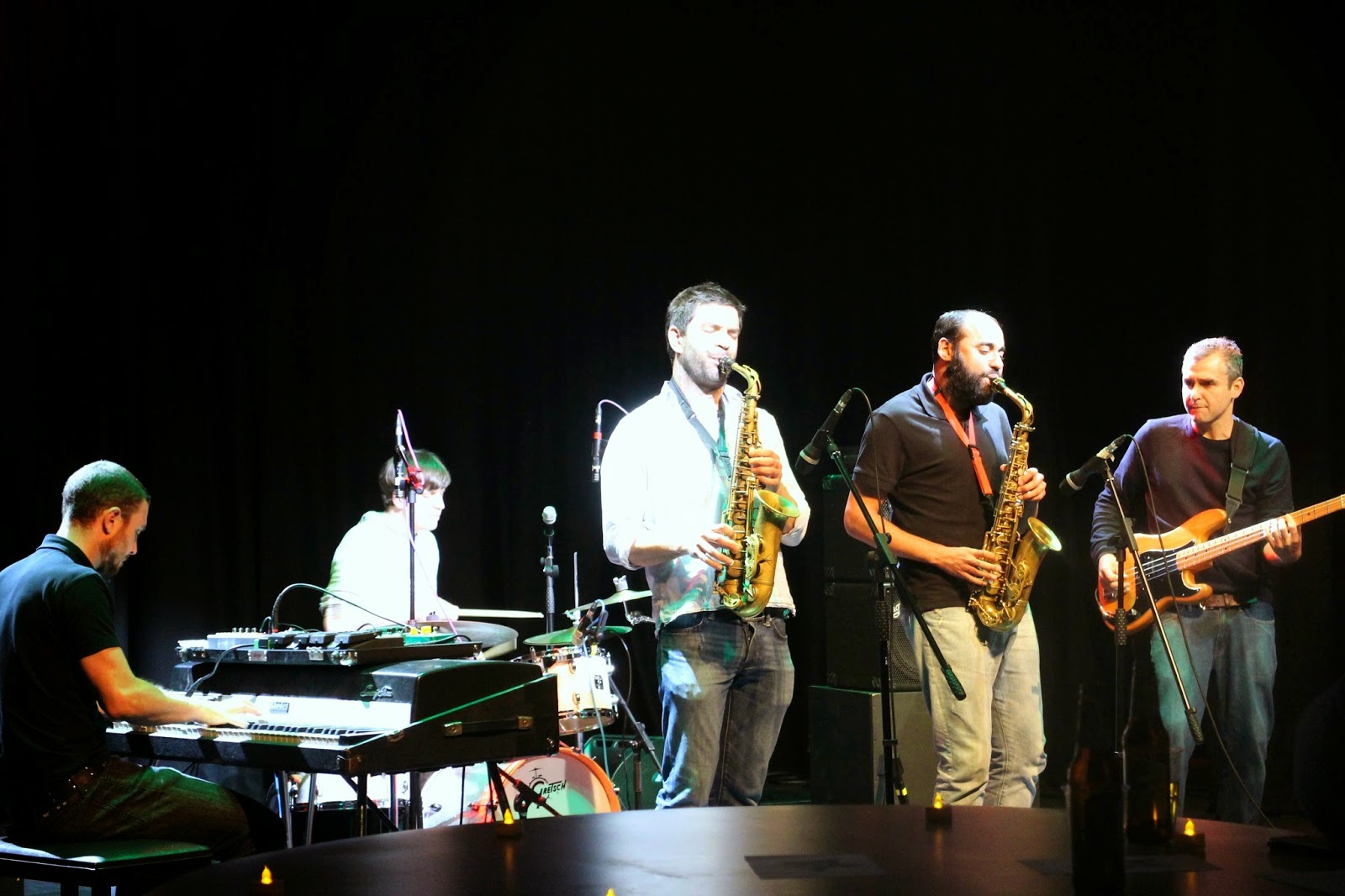New age music is a recent genre - end of the 60s - and found popularity only after the 80s. It basically includes everything in music that is relaxing, spiritual and exploratory of the inner self. It can include any instrument, any language and any genre as long as it fits the new age bill. Lyrics are usually chants or derived from an inclination towards spiritual. You can choose from a variety of artists and bands. The primary aim of new age music is self-development through natural and inclination music. The types of new age music are formed purely according to their purpose.It is used by listeners for yoga, massage, meditation, and reading as a method of stress management or to create a peaceful atmosphere in their home or other environments.
Instruments And Sounds Used In New Age Music
Piano, synthesizer, sampler, sequencer, strings, found sounds (often bird song or whale song, waterfalls, etc), folk and ethnic instruments, acoustic guitar, electric guitar, drums, flutes, harp, sitar, tamboura, tabla, organ.




.jpg)
.jpg)


